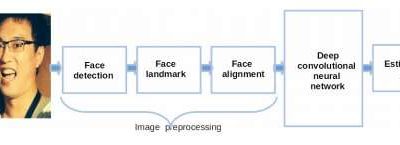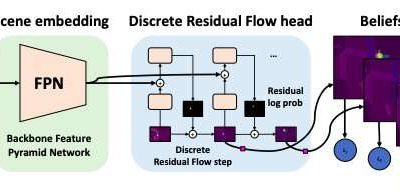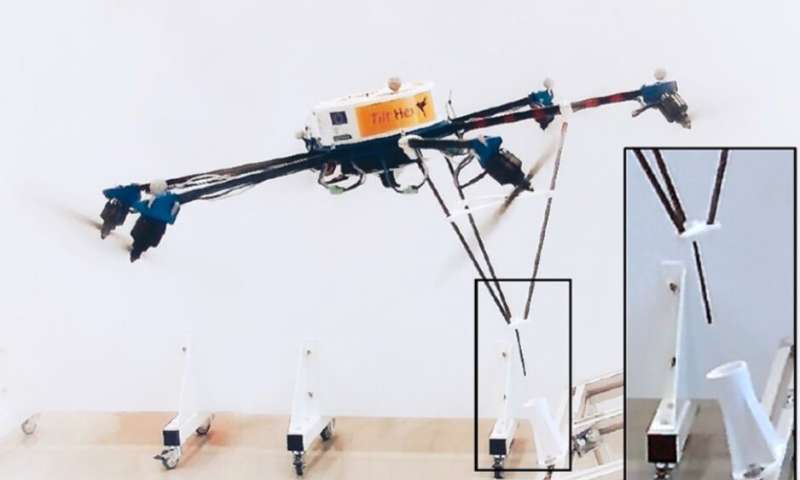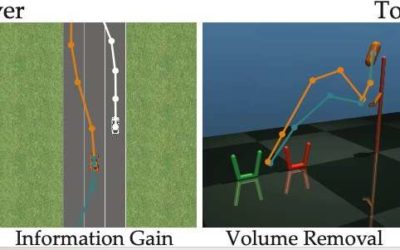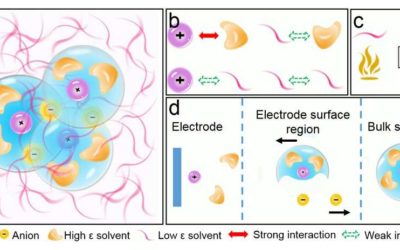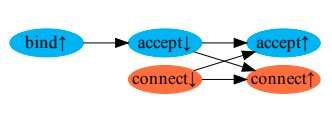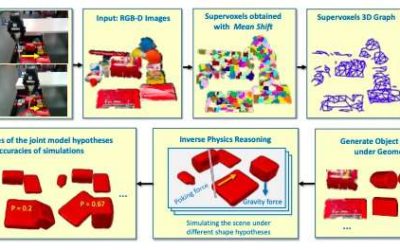A team of researchers at Carnegie Mellon University has recently proposed a method to improve the vertical mobility of a renowned hexapod robot. Their approach, presented in a paper pre-published on arXiv, entails the addition of microspines to RHex, an existing...
TECHXPLORE
Inflatable space robots with integrated dielectric elastomer transducers (DETs)
Researchers at the Auckland Bioengineering Institute and Technische Universität Dresden have recently designed a new type of inflatable robot for space navigation. These robots, presented in a paper published in SPIE Digital Library, were created using dielectric...
Estimating people’s age using convolutional neural networks
Over the past few years, researchers have created a growing number of machine learning (ML)-based face recognition techniques, which could have numerous interesting applications, for instance, enhancing surveillance monitoring, security control, and potentially even...
Uber develops technique to predict pedestrian behavior, while new documents are released about last year’s accident
In years to come, self-driving vehicles could gradually become a popular means of transportation. Before this can happen, however, researchers will need to develop tools that ensure that these vehicles are safe and can efficiently navigate in human-populated...
A technique to enhance physical interaction in aerial robots
In recent years, aerial robots have become increasingly popular, with potential applications in a variety of fields. Many of these robots are primarily designed to fly around and collect visual data from their surrounding environment, yet some are also able to grasp,...
A unifying approach for controlling flying robotic insects
One of the key problems confronting researchers in the field of microrobotics is designing and implementing reliable controllers for insect-scale micro air vehicles (FWMAVs), which are tiny flying robots typically inspired by insects. In fact, although these...
A user-friendly approach for active reward learning in robots
In recent years, researchers have been trying to develop methods that enable robots to learn new skills. One option is for a robot to learn these new skills from humans, asking questions whenever it is unsure about how to behave, and learning from the human user's...
Batteries with fluorinated electrolytes that work at very high and low temperatures
Electrolytes are chemical components that enable the flow of ions between the cathode and anode inside batteries, ultimately providing electrical power to technological devices. Most conventional and readily available non-aqueous Li-ion batteries are fabricated using...
Box of Pain: A new tracer and fault injector for distributed systems
In computer science, distributed systems are systems with components located on different devices, which communicate with one another. While these systems have become increasingly common, they are typically filled with bugs.
Building 3-D models of unknown objects as they are manipulated by robots
Researchers at Rutgers University have recently developed a probabilistic approach for building 3-D models of unknown objects while they are being manipulated by a robot. Their approach, outlined in a paper pre-published on arXiv, uses a physics engine to verify...



